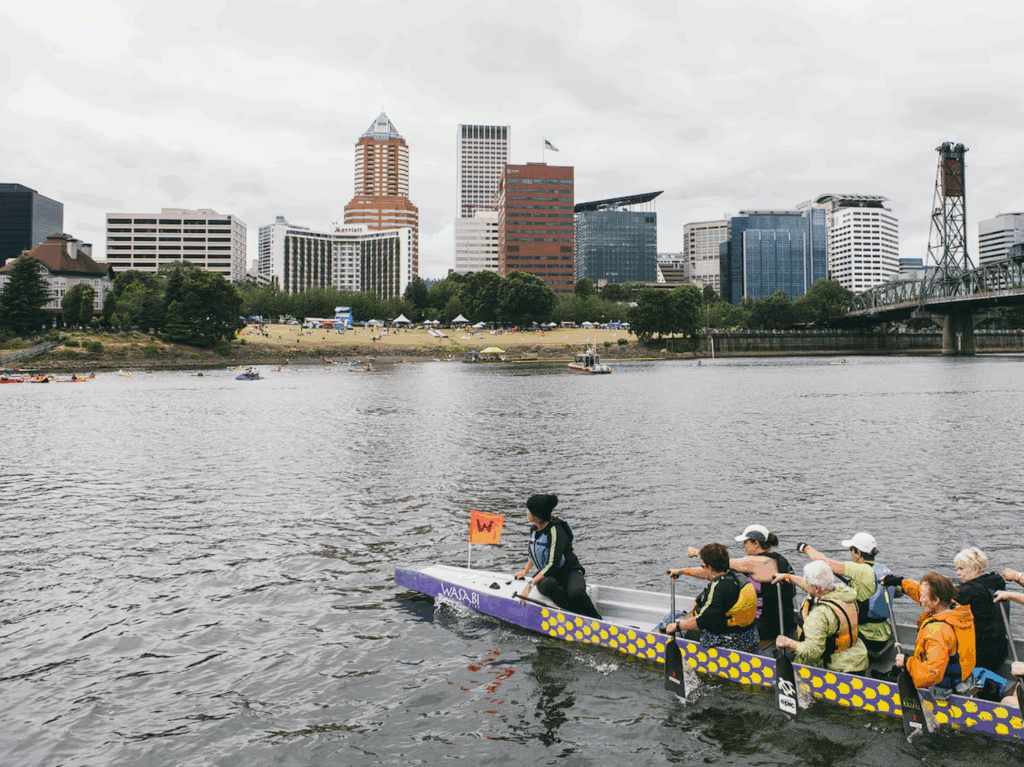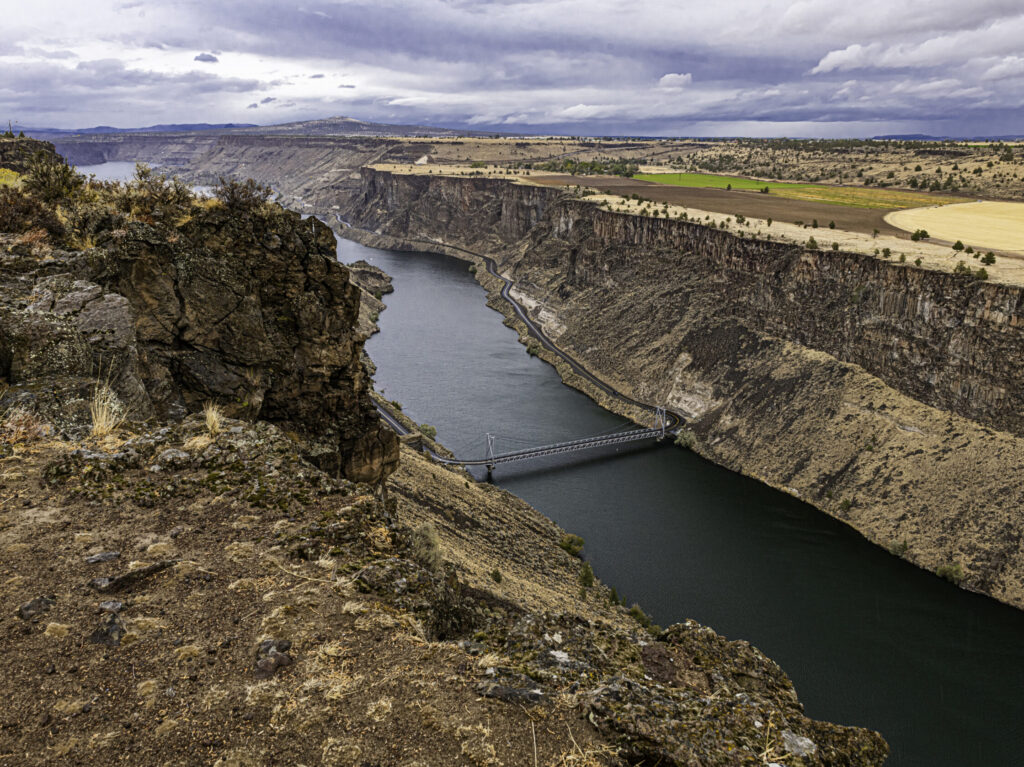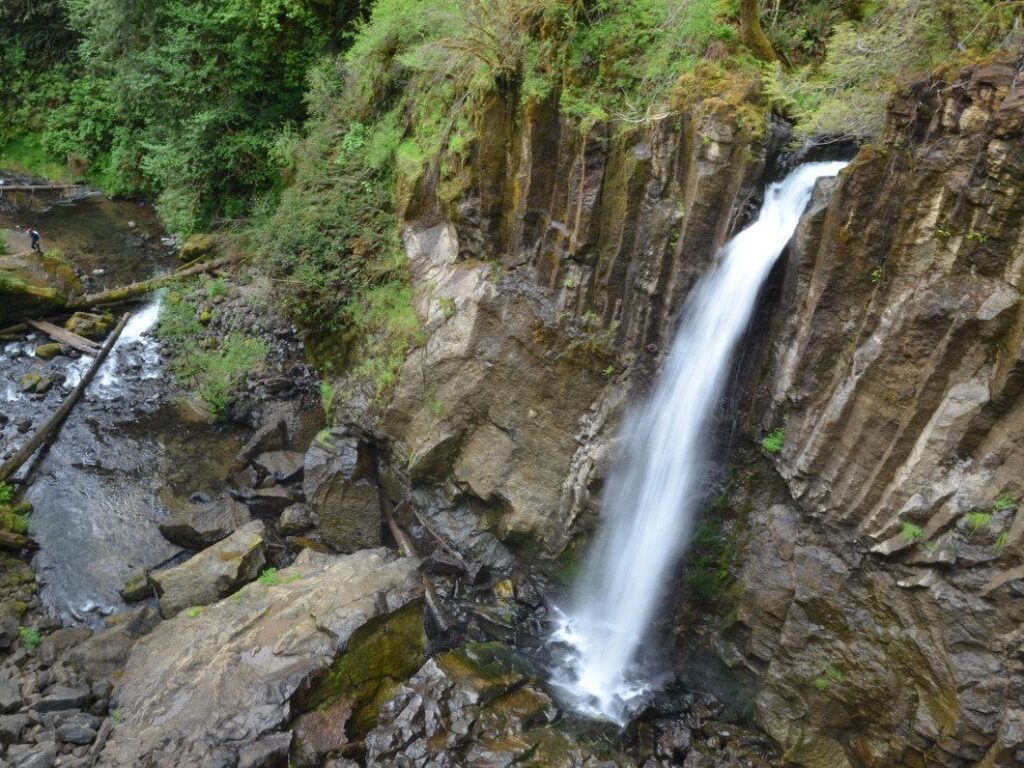What Are Street Planters, Anyway?
Author
Posted
Share

Have you noticed those sunken planters along the side of a city street?
I’m guessing you might like to walk along those plants and trees away from traffic when you’re out with your dog. Some of you probably wonder why your city is building planters that only seem to collect drink cups, candy wrappers, and plastic bags. Is it for the sake of planting a few street trees? And why do they get the best parking spot?
Let me share a secret with you: These are actually salmon-saving planters.
If you recall from my previous blog post, we see salmon dying due to tire chemicals that drain into streams through rainwater. These chemicals wash off when we drive in the rain, and the particles of rubber that wear down also shed these chemicals. When you think of all the driving we do, you might wonder how we might stop this from happening. I worry about this quite a lot, ironically, when I’m driving.
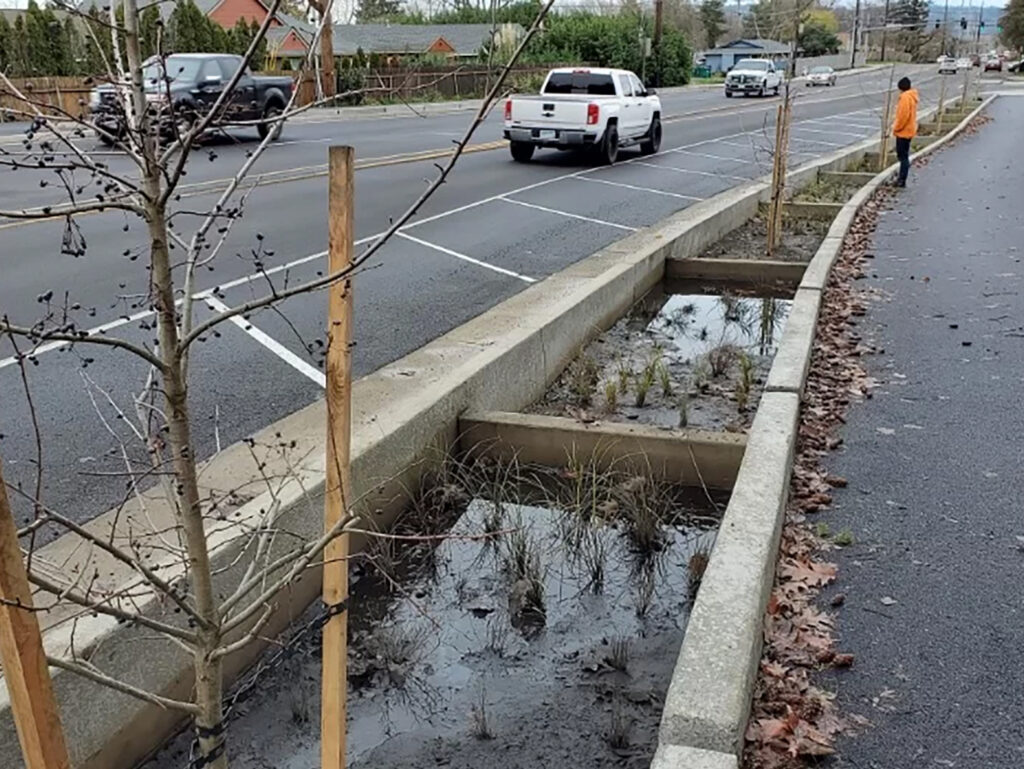
In 2021, researchers at the Washington State University and University of Washington discovered that rainwater that contained these tire chemicals could be filtered through different kinds of soil. Amazingly, the chemical stuck to the soil and could be filtered out. This was a huge breakthrough. The idea that we could work with nature to minimize the harm from our man-made problems is like a home run for rivers. This doesn’t happen very often—we usually have to deal with the fallout for every new toxic chemical, typically at the expense of a fish species, or at the expense of people who may not have a voice in government decision-making.
So these street planters with the plants and trees are sunken to collect rain. They allow rain to soak through the soil and filter out many other things that come from our cars. It’s a nice way to make your walk more enjoyable while saving our streams.
Now, I did see someone “park” right in the planter once. Let’s call the driver an unintentional champion of the environment! But that’s probably going a bit too far.
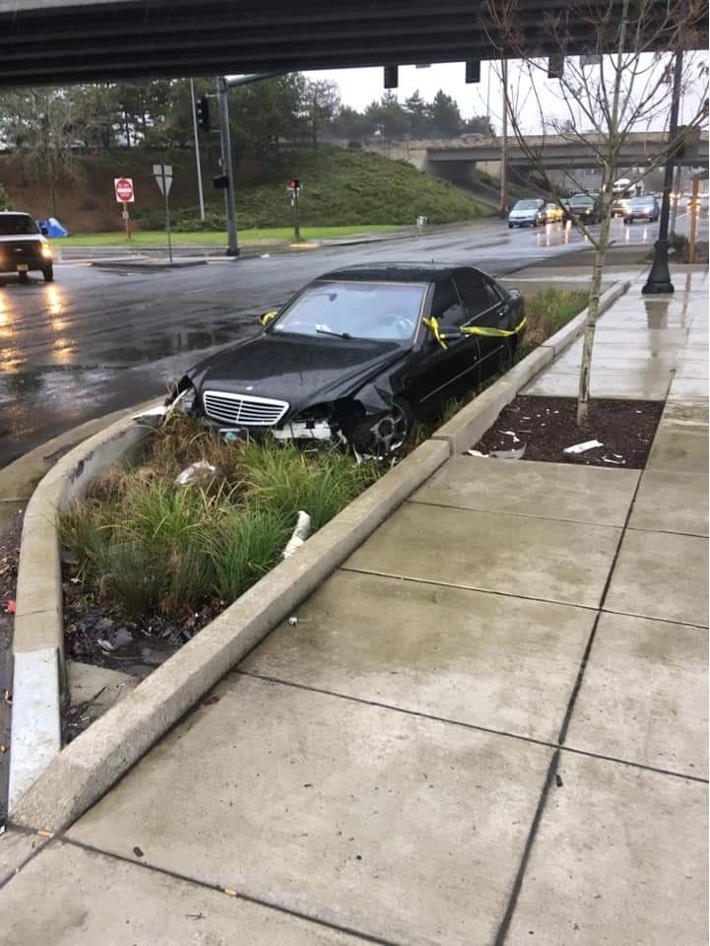
Of course, this solution is not without its challenges. First, we need to build these all around town, in every town. Second, we need more people with knowledge to help maintain these planters. With so many being built, bioswales are a growing professional field. So if you’re interested in a new career, this might be for you (and there are new community college programs for that)!
The bigger problem, though, is the money it costs to build these planters. If you think of all the roads that don’t have these planters, well, imagine putting them everywhere. How many planters can we build before the salmon populations go extinct? How fast can tire companies react to make tires with safer chemicals?
This is the race we currently face, and there is still a lot to think about. Regardless of what happens next, if we can drive less and keep our tires inflated to the optimal pressure, we are part of the solution. There will be more answers soon.
We will have updates on Follow the Water as we hear updates on street planters, tire legislation, and other solutions as they come up. Stay tuned to our Facebook and Instagram!

Related Posts
Oregon Water Stories: Multnomah County
Oregon Water Stories is a project of PSU Professor Melissa Haefner’s freshman inquiry class, running…
Oregon Water Stories: Jefferson County
Oregon Water Stories is a project of PSU Professor Melissa Haefner’s freshman inquiry class, running…
Oregon Water Stories: Lincoln County
Oregon Water Stories is a project of PSU Professor Melissa Haefner’s freshman inquiry class, running…


